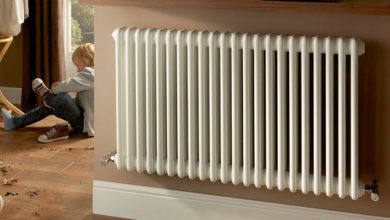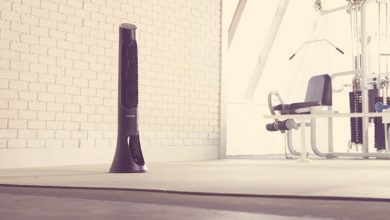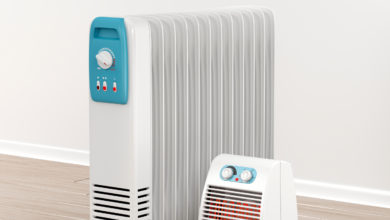Knowing how to dehumidify a basement is key if you want to keep the air quality there in a certain range. Basements are naturally prone to high humidity levels which many people feel ok with because they rarely use them. Even if you don’t use your basement too much, however, you still need to keep its air’s humidity in check as you can otherwise subject your home to some nasty problems.
The best way to dehumidify basements is by simply use a dehumidifier although there are some alternatives to that which we’ll touch on below. But first, let’s go over the basics of basement humidity.
Why is it important to keep your basement humidity low?
Basements usually have poor air quality because they are not as easily ventilated as other areas in our homes. This is a problem because high humidity can cause mold and mildew, it makes our basements more suitable for bug and pest infestations, and it can even cause structural damage to our homes. Not to mention that if we want to use our basements for storage, then whatever we store there will also be affected.
What’s the best humidity for basements?
Most basements easily get to 80% air humidity and above, and that’s pretty disastrous for the basement itself and everything in it. Ideally, you should keep the air humidity in your basement at ~50% or even slightly below that. It may seem unnecessary to get your basement’s air humidity as low as your home’s but there are good reasons we aim for 40%-50% air humidity in our homes – these levels are not only good for us, they are good for all the stored food, clothes, and other items we keep in our homes and basements.
What are the key signs that you need a dehumidifier in your basement?
If you don’t have something to measure your basement humidity with, the key signs you can look at first are things such as:
- Mold and mildew on the basement’s walls, corners, floor, and ceiling.
- Condensation on the basement’s windows and other surfaces.
- The walls feel damp to the touch.
- Watermarks on the floor indicate moisture coming from the foundation.
- There’s a distinctive odor of mustiness or mold in the basement.
What basement dehumidifier setting should you set?
To prevent mold, which is the primary purpose of a basement dehumidifier, you should set it to work to at least 60%. If you want to keep your basement closer to room humidity because you’re storing clothes or food there, you can set your dehumidifier lower, to 40%-50%.

Another thing to consider is that basements are usually much cooler than the rest of our homes which can also hinder your dehumidifier’s work. Most whole-home dehumidifiers are made to work at indoor temperatures of 65°F (18°C) or higher and most basements average at around 55°F (12°C) or lower throughout the year.
Where to place a dehumidifier in basements?
It may seem intuitive to place the dehumidifier in the moldiest corner or close to the wall with the highest humidity and water condense. However, the best place to put it is in the center of the basement or near it, where the airflow is best. From that position, the dehumidifier will be able to affect the air quality and humidity of the entire basement in the most effective way.
How to keep the basement dry without dehumidifier?
Knowing how to get rid of humidity in a basement without dehumidifier is important even if it usually isn’t a good enough substitute for a good dehumidifier. Still, if your basement’s humidity isn’t that bad and you don’t want to get a whole dehumidifier for it, or if you want to aid your dehumidifier with some other methods, here are a few pointers:
- Certain plants such as Peace Lilys, Reed palms, Boston ferns, or cactuses draw a fair bit of humidity from the air.
- Silica gel pouches are a good way to reduce humidity too. They won’t solve the problem and they are usually good only for smaller spaces but they can help with the humidity in your basement’s cabinets or wardrobes.
- Charcoal briquettes can also serve a similar role as they too absorb moisture from the air. You’ll need to replace them from time to time as you would need to replace the silica gel pouches but both are cheap and easy to get.
- Baking soda and rock salt can also replace silica gel pouches in cabinets and other small enclosed spaces. They too are quite affordable but not strong enough to help your entire basement – just smaller areas.
- Improve the basement’s ventilation by connecting it to the AC system, installing a fan, or at least opening the windows from time to time. Whatever you do to improve the airflow in your basement will be very helpful with the overall humidity problem in it. Stale air is the last thing you want in your basement if you have humidity problems.





